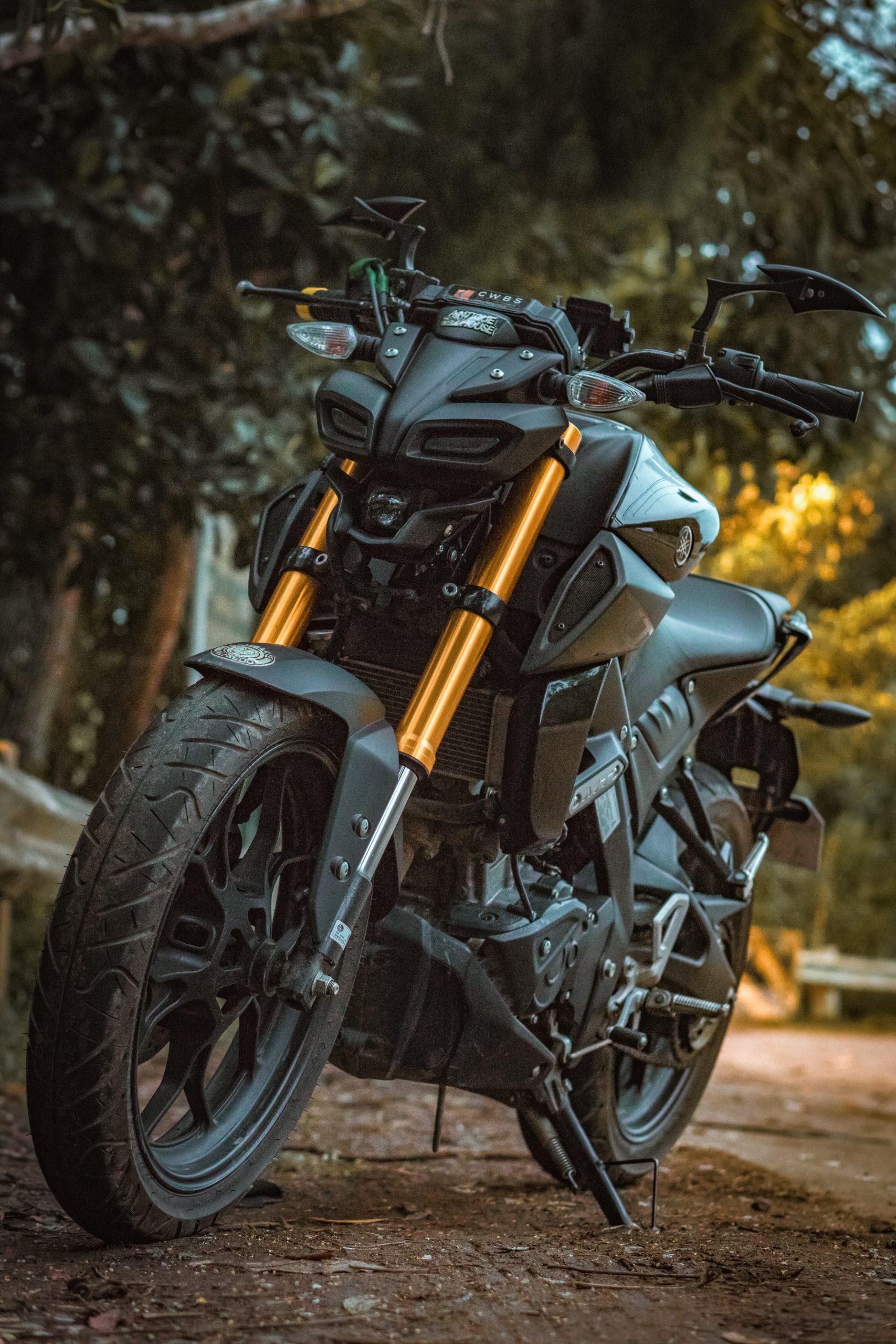- This topic has 22 replies, 10 voices, and was last updated 14 years, 10 months ago by
eon.
No Snell…Avoid?
-
AuthorPosts
-
June 4, 2009 at 6:34 am #2950
Elias
ParticipantI found a helmet that I like, with lots of features and it’s decently priced (HJC IS-16)…the only thing is it’s not Snell approved. I’m all about Snell and the tests they do. Should I find something else or am I being bias?
June 4, 2009 at 10:12 am #19278Munch
ParticipantBiased definitely……but if it’s your preference….keep searching.
June 4, 2009 at 12:23 pm #19280DK
ParticipantThere is an article linked in the above thread that discusses the potential problems with Snell’s certification program.
The most important thing is that you be happy with your helmet. It must fit comfortably and you need to feel confident that its crash properties suit your personal needs.
June 4, 2009 at 3:32 pm #19285eon
ParticipantDo inexpensive DOT-approved helmets protect better than helmets than expensive Snell-approved helmets? The June 2005 Motorcyclist magazine addressed this controversy. That issue contains a detailed article on an extensive test that was conducted on 16 different motorcycle helmets, ranging from the $89.00 Z1R (wBW review) to the $700.00 Schuberth S1 (wBW review).
Their conclusion is that the inexpensive, polycarbonate shell Z1R transferred an average of 152Gs to the head-form, vs. 211Gs of the Snell-approved Scorpion EXO-700.
Also, the UK’s RIDE magazine tested 28 helmets in the May 2005 issue. While the testing methodology was slightly different, they also found that the HJC AC-11 provided the second best impact absorption of the lot. Could it be that a motorcycle helmet doesn’t necessarily have to be expensive to provide good protection?
There’s much, much more to the story, and we strongly suggest reading both articles and studying this subject before you buy your next helmet. One of the conclusions in the Motorcyclist magazine article is that a softer polycarbonate DOT-only approved helmet may provide the highest levels of protection.
Now I gotta go read this article (when I’m not late for work!)June 4, 2009 at 5:12 pm #19289SantaCruzRider
ParticipantI have the IS-16 and I love it. It’s super comfortable, well ventilated and the visor feature is addictive.
Not sure where you’re shopping, but I got mine on NewEnough a couple months ago for something like $145.
The lack of Snell rating doesn’t bother me in the least, having read the studies listed above. It’s always interesting to see technical data about minute test bench advanges of one helmet over another. But I’ve seen some medical research showing that by the time most helmets fail, enough tramma has been inflicted on the rider in other areas to be fatal. I’ll try to find the study online a post (keeping in mind that almost any opinion can be supported with some kind of posted research).
June 4, 2009 at 5:26 pm #19291Elias
ParticipantWow, I’m really impressed by the feedback! I have always been told that Snell does all these extensive tests…that Snell goes to stores and buys helmets off shelves to re-test them…that Snell is safer, Snell, Snell, Snell. Now I’m hearing the opposite from third party tests? Well, should I just accept that any helmet is going to protect my bucket if it has a DOT or Snell sticker on it? There isn’t really a ‘safer’ helmet? I will try to read through those articles!
June 4, 2009 at 5:47 pm #19292eon
ParticipantI just spent almost an hour reading through the magazine article listed above (don’t tell the boss). Wow…that was the most impressive piece of journalism I’ve seen in a long long time. I heartily recommend everyone here taking the time to read that. I now at least understand why there is controversy over helmet testing. Before I just wanted to know is this helmet safe, yes/no. Now I realize there is a lot more to it than that. The article is does not do the Snell Foundation any favors but I was most unimpressed with their snide and at times silly response.
now I really need to do some work
June 4, 2009 at 5:51 pm #19297zeppelinfromled
ParticipantI just spent some time reading the article on Snell (and other types of) testing. The webbikeworld article is pretty poor. They conclude that one helmet, which is DOT certified only, is better than another, which is DOT and Snell certified. This is only a comparison of the two helmets and it would be poor science to assume that the results can be extrapolated to all helmets with the same certifications.
The motorcyclistonline article is pretty in depth. Basically what they’re criticizing is that Snell requires this one test where you hit the helmet really hard twice in the same place. This kind of severe double impact very rarely happens in wrecks. They say that in order to pass this test, the helmet must sacrifice in another area. If they didn’t have to pass this double impact test, than they could decrease the Gs that are transferred to the head in a single impact (single impact in the same place, that is).
There is this idea that there is a “threshold of injury” where if you head sustains this amount of impact (measured in Gs), then you get injured. Since this number isn’t know, nor would it be the same for everyone, it is ideal to transfer the smallest number of Gs possible. What Snell says is that they believe that their standard is below the threshold of injury (meaning that you won’t get injured with the Gs that are being transferred), and it’s able to withstand the double impact.
It’s essentially a compromise between reducing Gs in an impact and being able to withstand multiple impacts. If a helmet uses all of its cushion ability on the first impact, then you have nothing left for a second impact (it doesn’t re-inflate or anything). Snell has chosen to enforce a standard where the helmet doesn’t reduce the Gs as much as possible, but you have some cushion left for a second impact.
I tried to reduce the length of the article, but now that I look up on the page, this is more writing than I intended. Oh well.
June 4, 2009 at 7:34 pm #19302eon
ParticipantIs it just me or did the Snell response shoot themselves in the foot? He stated 50 years ago when they started out that due to restricted space and equipment they had to whack the same spot twice in order adequately test it. Seems to me they then make up justifications to continue using this method in the face of real world crash analysis where this double hit was never identified as a problem. The whole response reeked of academic jealousies and infighting.
In short, don’t be pressured into buying a non-Snell certified lid if you don’t want to. But I would caution that if it is DOT certified only then make sure it is a reputable manufacturer. There is no independent testing of DOT certificates so you are relying on the manufacturers word.
June 4, 2009 at 8:17 pm #19304SafetyFirst
ParticipantThe bottom line is, any decent helmet is better than no helmet.
Still, I wouldn’t suggest anyone touch the ‘bargain section’ helmets at Iron Pony in Columbus, OH.
Here in Ohio, helmets aren’t required unless you are a new rider. I see guys riding down the main-drag in town all the time without any helmet at all.
How much protection does that ‘safety’ dew-rag offer?
Or how much protection does that Alpinestars baseball cap provide? (had to rip on the metric guys, too.)
As far as I’m concerned, full-face or GTFO.
June 4, 2009 at 9:35 pm #19307SantaCruzRider
ParticipantPersonally, I think the double impact test is the wrong route to go. I’m not much impressed by the prospect of having the helmet save my life from a second impact if the first impact already turned me info a vegetable.
And the idea that a real-world accident will result in two severe impacts to the same spot (yet be one that there is a chance to otherwise survive) — well, it’s just a matter of odds.
To me, double impact testing is like testing a kevlar vest by seeing if it can handle two successive bullet strikes to the same spot. Personally, I’d rather have the vest that stops a single shot with a larger bullet — or that transfered less force to the body behind it.
June 4, 2009 at 9:56 pm #19310Elias
ParticipantSounds like I will be saving $200 (as compared to the Icon Domain 2 I was looking at) and just get the HJC IS-16. I’m sure their DOT sticker is legit, and it sounds like Snell standards actually apply more deadly G’s to my head in a crash…so save some money, and get a softer helmet…win win for me and my wallet!
SCR- Will the sun visor that pops down allow room for glasses? I have heard that it does, but I would like to hear your take.
June 4, 2009 at 10:19 pm #19311SantaCruzRider
ParticipantThe shaded visor come down way out in front. I have enough room for even my biggest, bulkiest glasses.
June 4, 2009 at 11:11 pm #19313Elias
ParticipantSweet, can’t wait to try it on, thanks!
June 4, 2009 at 11:26 pm #19314Munch
Participantnormally I wouldn’t say anything but today I have had my share of things.
I am just as much of an advocate of safety as anyone. Sometimes probably more so then others. However… I do ride with half helmet. To be sure I may not be AS protected as you hope to be in the event of a wreck. However most of my commute is 72 miles round trip mostly highway. If I go down… neither helmet is really going to do me a damn bit of good while my body gets ravaged doing a body surf maneuver for a couple hundred yards at best… .or the sudden stop at a much shorter pace. For anyone starting to ride and learning I definitely support using a full face. If I ride further then just to work and take a good couple hundred mile jaunt… I ride with my FF. Doesn’t make sense I know…my preference….. remember to try and leave room for an agreement to disagree…. but to make a bold gesture as to GTFO is to lean towards a direction in which will get on the fightin’ side of people.
It is your life and your choice. Don’t assume to make it for someone else. -
AuthorPosts
- You must be logged in to reply to this topic.


